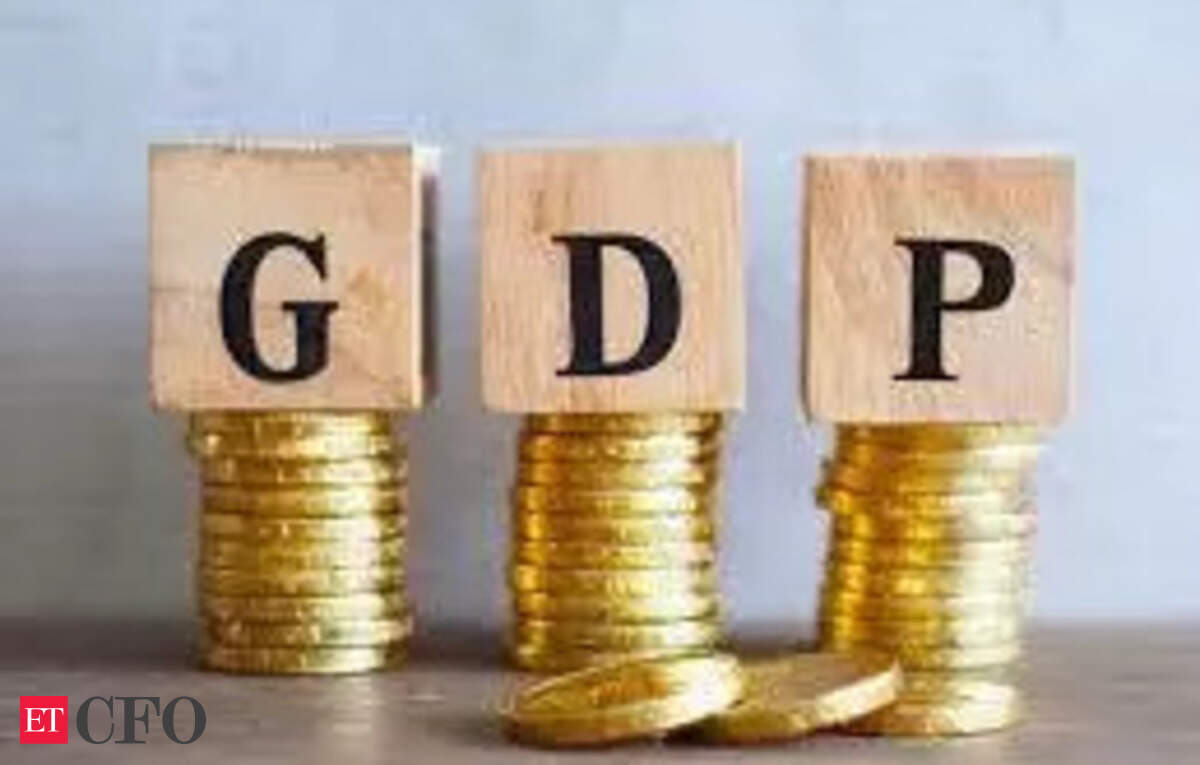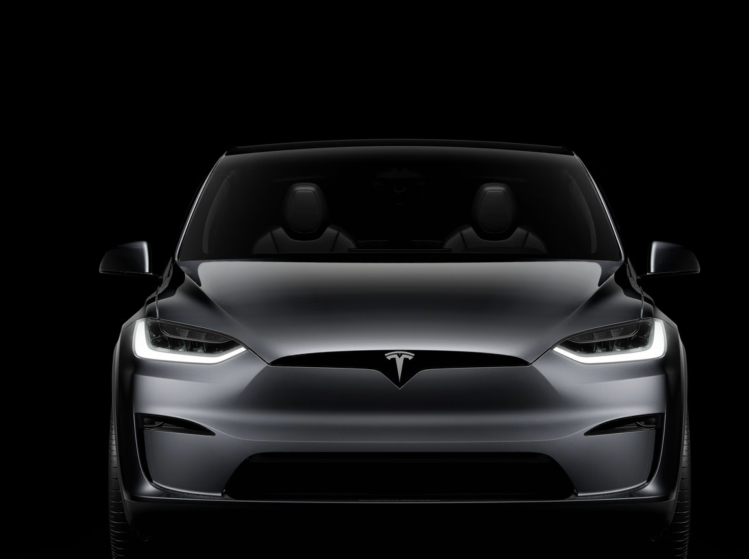India’s real
GDP growthis expected to accelerate to 7.2% year-on-year in the January–March quarter (Q4) of FY24-25, even as underlying economic activity, as measured by Gross Value Added (GVA), is forecast to rise only modestly to 6.4%. The divergence is largely attributed to a sharp increase in net indirect taxes, which is projected to significantly inflate the
GDPfigure relative to GVA.
Barclays India estimates that the full-year real GDP growth for FY24-25 will average 6.4%, while GVA growth is expected to come in slightly lower at 6.2%. This is marginally below the 6.5% GDP growth projected in the government’s second advance estimates. The gap between GDP and GVA growth is expected to widen in Q4, driven by a 30% year-on-year surge in nominal net indirect taxes, which translates into a real (inflation-adjusted) increase of 26%—a stark contrast to the -1% contraction seen in the previous quarter. A similar divergence was observed in Q4 of FY23-24, when the gap between GDP and GVA growth reached 150 basis points.
The report suggests that while the headline GDP number may look stronger, the broader economic activity is improving only gradually. Agriculture is projected to post healthy growth of 5.8% year-on-year in Q4, slightly up from 5.6% in Q3, supported by record wheat output as indicated by advance estimates of crop production. However, industrial growth remains a weak link, with the manufacturing sector showing signs of deceleration. Barclays notes that corporate operating profits rose only marginally compared to the previous quarter, and rural demand for fast-moving consumer goods slowed to 8.4% from 9.2%, while urban demand growth fell further to 2.6% from 4.2%. These trends point to subdued consumer sentiment and soft domestic demand, which in turn are expected to weigh on manufacturing GVA, dragging down overall industrial performance.
In contrast, some improvement is expected in the services sector. Construction activity likely strengthened in the quarter, aided by higher steel consumption and a pickup in government infrastructure spending. The 'trade, hotels, transport and communication' segment is estimated to have seen marginal growth, as inferred from rising Goods and Services Tax (GST) collections. However, growth in financial and professional services is expected to remain largely unchanged, tracking stable trends in credit and deposit growth. The public administration and defence segment, which is typically proxied by revenue expenditure net of interest payments and subsidies, is anticipated to follow the trend of previous quarters unless there are significant discrepancies in actual spending compared to revised budget estimates.
FY26 projectionsLooking ahead to FY25-26, Barclays forecasts real GDP growth at 6.5%. However, high-frequency indicators for April 2025 present a mixed picture. While diesel consumption, two-wheeler sales, coal production, and GST collections showed improvements, key indicators like petrol usage, power demand, and steel output softened. The core infrastructure index, which tracks eight major sectors, fell sharply to 0.5% year-on-year in April from 4.6% in March, pointing to a likely slowdown in industrial production.
The next official GDP release, due on May 30, will shed more light on the Q4 performance, but Barclays’ projections suggest that while India’s economy is gaining ground, the headline figures may mask underlying sectoral disparities and structural challenges.





Comments (0)